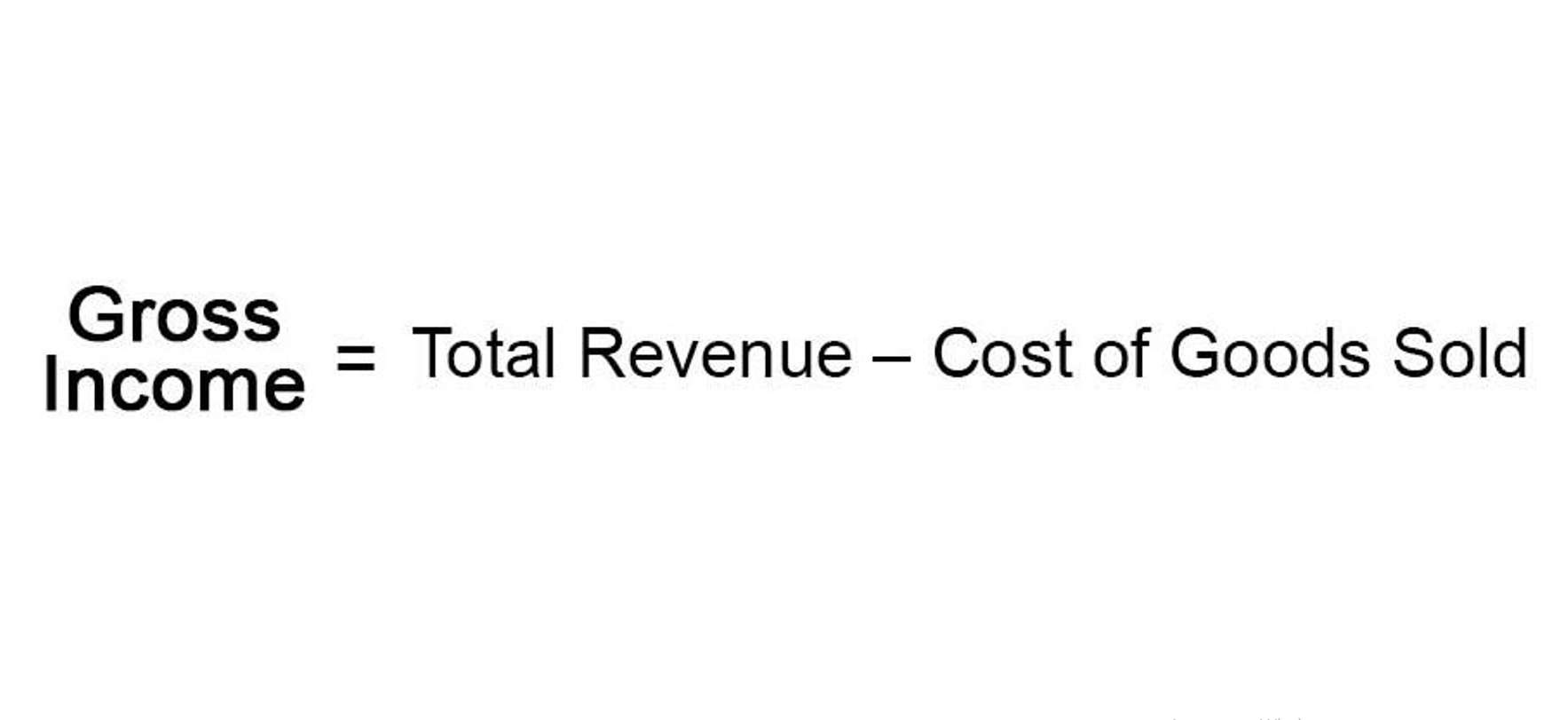No products added!

Contra Asset Account – A contra asset account is an asset that carries a credit balance and is used to decrease the balance of another asset on the balance. These deductions, which come in the form of sales returns, allowances, and discounts, are not expenses but adjustments that lower the total sales on your income statement. Again, the company’s management will see the original amount of sales, the sales discounts, and https://www.bookstime.com/articles/freelance-accountant the resulting net sales.
- It will debit Accounts Receivable for $100,000 and will credit Sales for $100,000.
- These accounts keep an eagle eye on sales returns, allowances, and discounts, ensuring you’re not overestimating your income.
- The account is normally a debit balance and in use is offset against the revenue account which is normally a credit balance.
- Contra asset accounts are typically used for accumulated depreciation, amortisation, and other accounting adjustments.
- CCC estimates that 5% of accounts receivable will most likely be unrecoverable.
Maximizing Financial Performance with Effective Contra Account Management

Whereas assets normally have positive debit balances, contra assets, though still reported along with other assets, have an opposite type of natural balance. The company estimates that it will not be able to collect 1,000 from its customers. The allowance for doubtful accounts is a contra asset account that is used to offset Accounts Receivable on the balance sheet. contra revenue Below is the asset account debit balance and accumulated depreciation account credit balance on the balance sheet. They are usually subcategory accounts linked to an account on the balance sheet. Contra accounts are used to offset each other and reduce the gross amount.
Popular Types of Contra Accounts
Rather than pay this cost up-front and tie up a significant chunk of capital, Show-Fleur makes this purchase on credit with a 90-day due date after invoicing. Fortunately, the seat vendor offered an early payment discount of 5%, meaning that when Show-Fleur paid off its full credit note within the first 30 days, it recouped $30 thousand in savings. This process calculates the decline in value of the natural resource and offsets it against the initial appraisal of the land where the resource is being extracted from. Regular reviews and adjustments based on comprehensive data analysis can significantly aid in maintaining healthy profit margins. Discounts are price reductions given under specific conditions such as early payment, bulk purchases, or during promotional sales events. They happen when you reduce the selling price of an item, typically due to minor defects or because a customer negotiated a lower price after the https://x.com/BooksTimeInc sale.
A Closer Look at Contra Revenue and Equity

A contra asset account is an account that is used to offset another fixed asset account on the balance sheet. Contra asset accounts are typically used for accumulated depreciation, amortisation, and other accounting adjustments. For example, a company might have a contra asset account for depreciation expense and a separate asset account for equipment cost. The most common contra type, contra assets, records the loss in value of any asset accounts listed in your general ledger.

In a given month, the company generates $100 thousand in gross sales but provides a total of only about $2 thousand in discounts that month. If every single buyer had taken advantage of the early payment discount, the company would have provided roughly $5 thousand in discounts during that same timeframe. In reality, the actual number of company discounts came closer to $2 thousand. The accumulated depreciation will ultimately reduce the value of fixed assets when the two accounts are netted with each other.
Contra Revenue Account Example

For a liability or revenue account that are naturally credit accounts, the contra accounts will be in a debit position. Therefore, to ensure accounts receivable stays clean and transparent, CCC will record $2,500 in the contra asset account called “Allowance for Doubtful Accounts”. This will ensure the net value of accounts receivable at year-end is not overstated. For liability and revenue accounts, credit transactions will increase and debit transactions will decrease the account balances. As a reminder, assets and expenses are debit accounts whereas liabilities and revenues are credit accounts. One other type of account is the contra account and for accountants, this is a must-know.
